Customizing kiosk software involves a structured approach to ensure it meets your specific business needs. Here’s a step-by-step guide:
1. Define Requirements: Begin by identifying the specific functionalities you need, such as user interface customization, security settings, content management, or integration with other systems like payment gateways or CRM tools. Clearly outline these requirements before proceeding.
2. Choose a Flexible Platform: Select kiosk software that offers robust customization options. Look for software with an open API, modular design, or easy-to-use configuration tools. Ensure that the software is compatible with your existing hardware and supports the necessary input devices like touchscreens, printers, and scanners.
3. Work with Developers: If the customization is complex, consider working with developers who specialize in kiosk software. They can modify the software to include custom branding, tailored user experiences, and specific functionalities. This may involve coding, UI/UX design, and system integration.
4. Customize the User Interface: Adjust the interface to align with your brand identity and improve user experience. This might include adding logos, selecting color schemes, and arranging content for intuitive navigation. Ensure that the design is user-friendly and accessible.
5. Implement Security Measures: Customize security settings to protect user data and restrict unauthorized access. This could involve setting up password protection, secure payment processing, and remote monitoring capabilities.
6. Test the Customization: Before full deployment, rigorously test the customized software. Ensure that all features work seamlessly and that there are no security vulnerabilities or performance issues.
7. Deploy and Monitor: After successful testing, deploy the customized kiosk software across your locations. Continue to monitor its performance and make adjustments as needed.
Key Considerations: Focus on user experience, security, scalability, and ease of future updates. Ensure that the software remains adaptable to changing needs, and that ongoing support is available for maintenance and troubleshooting.

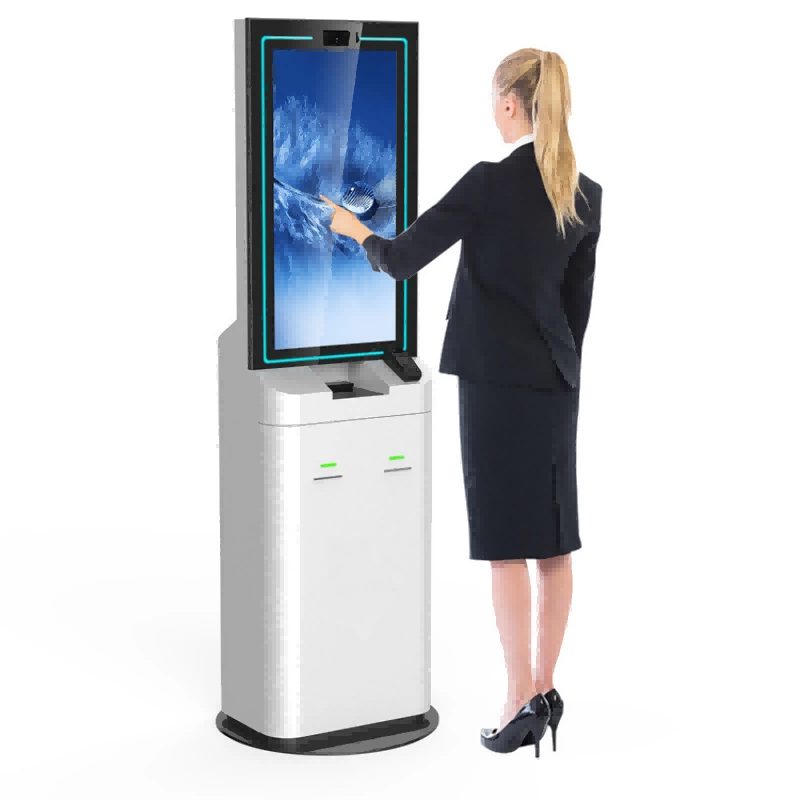
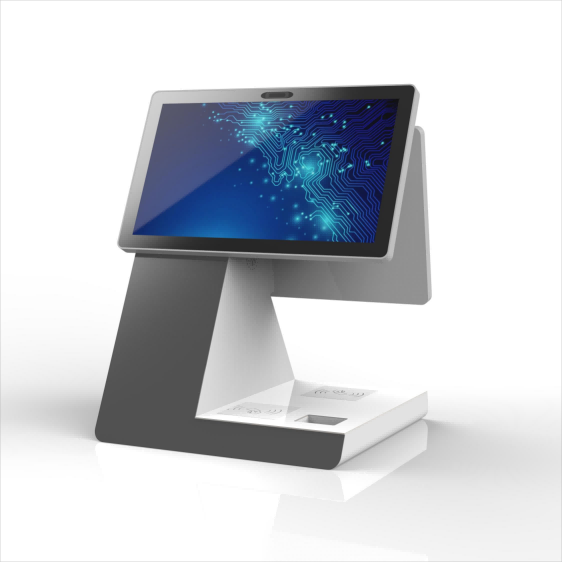
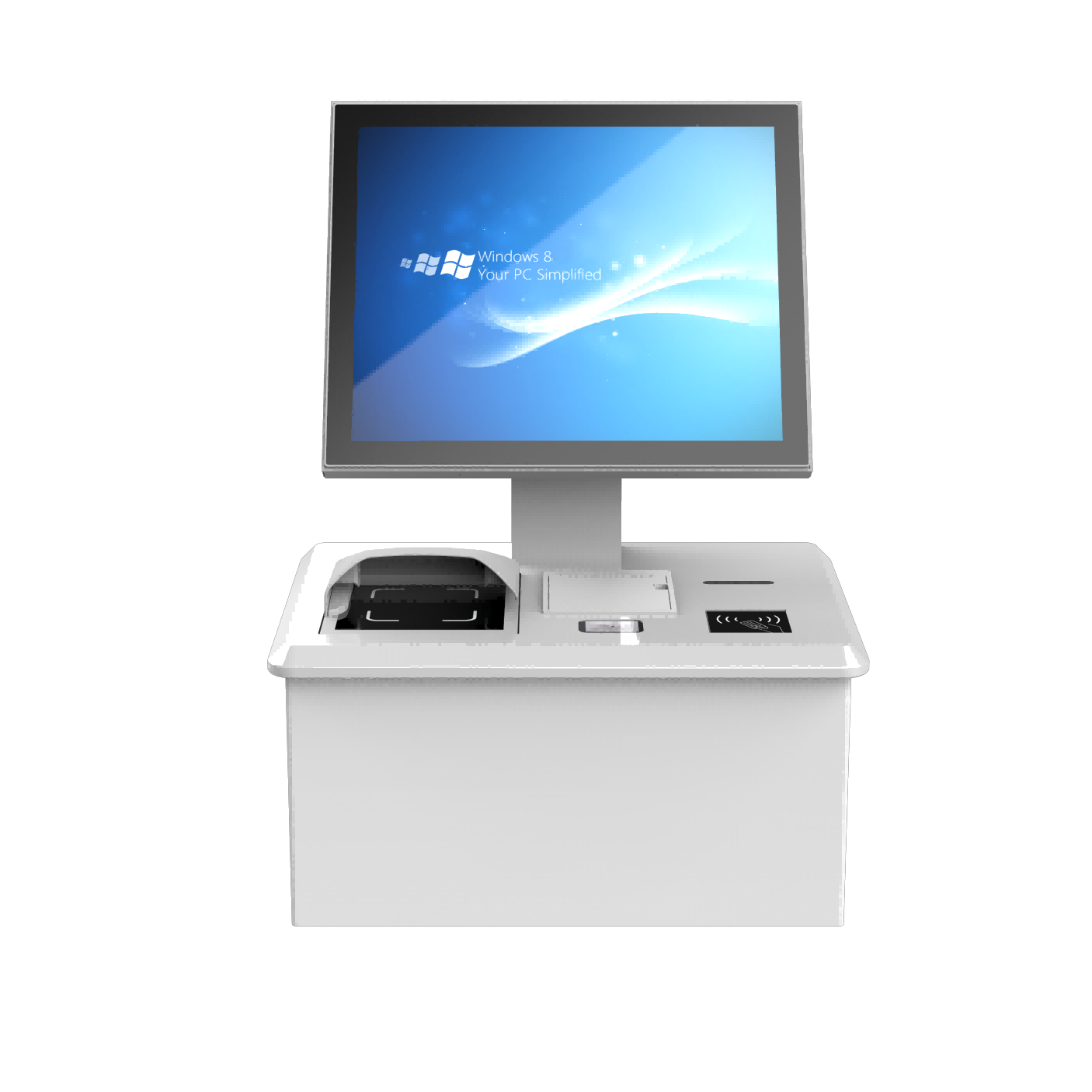


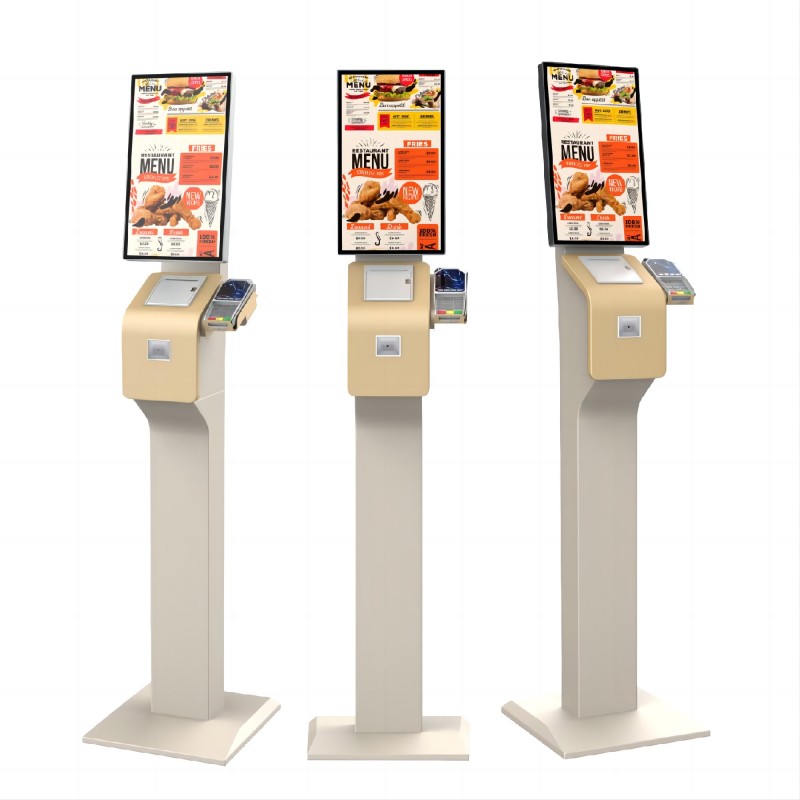
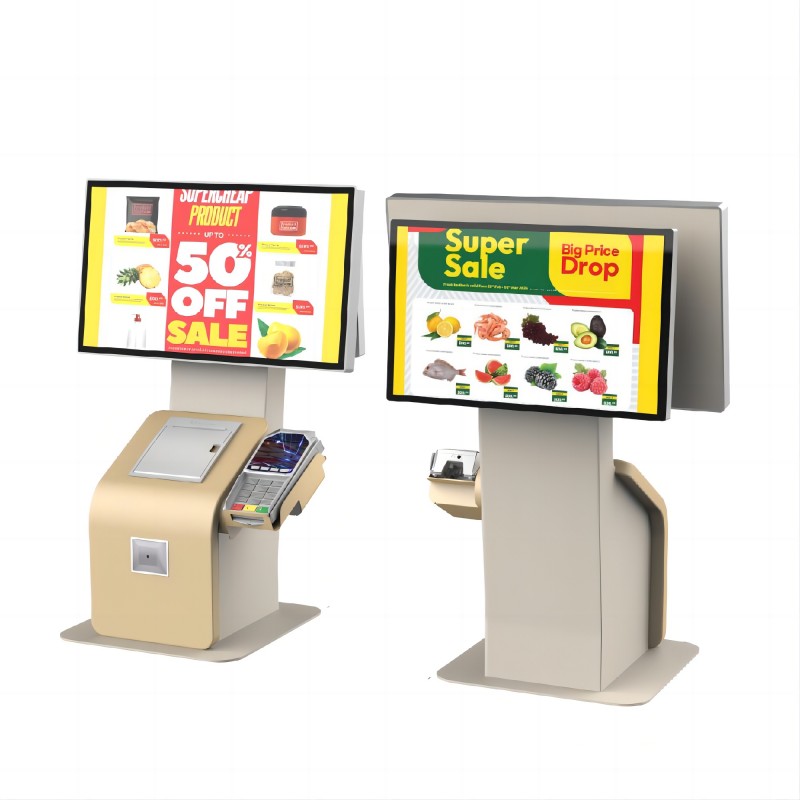
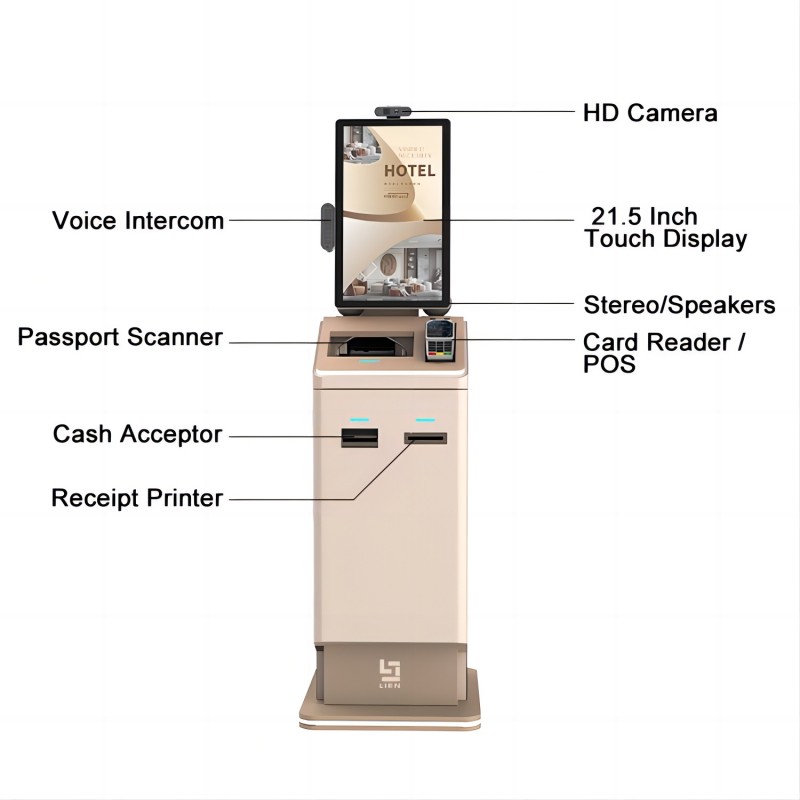
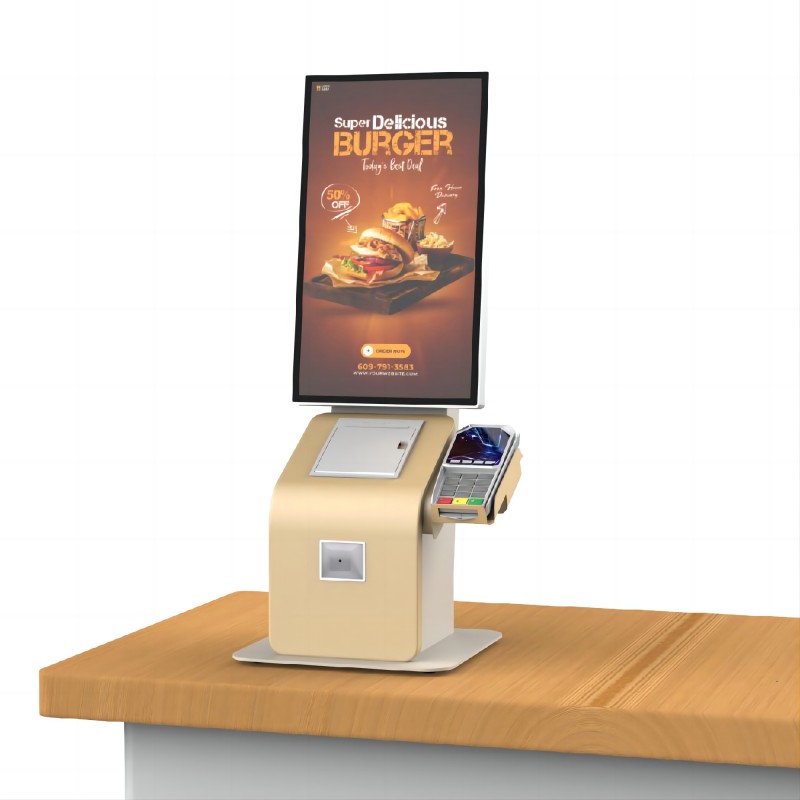
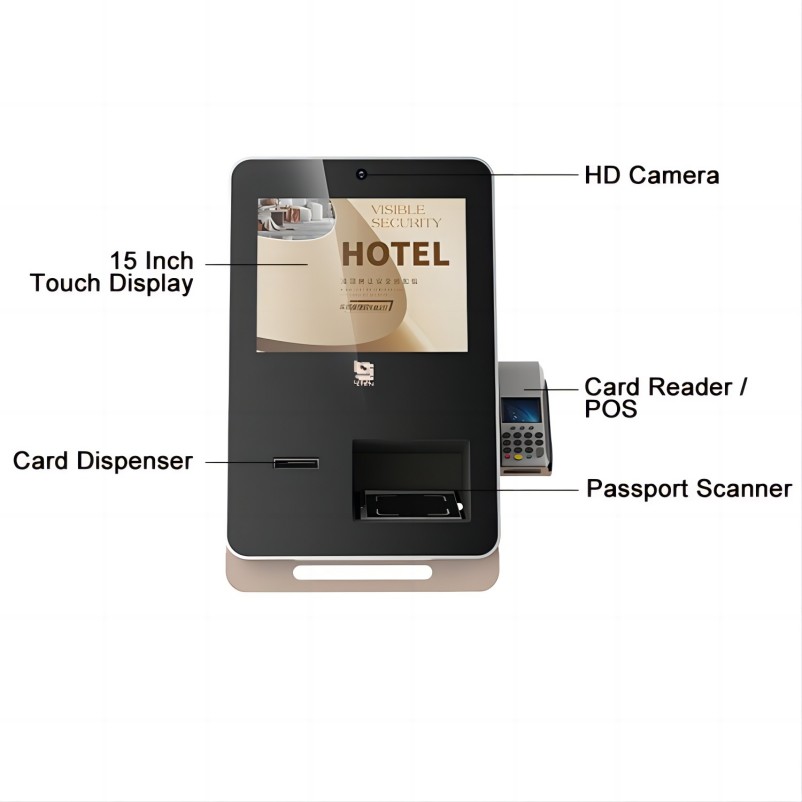
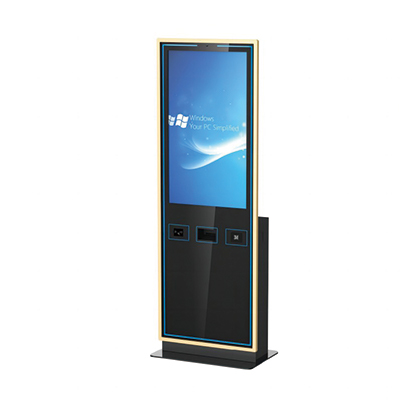
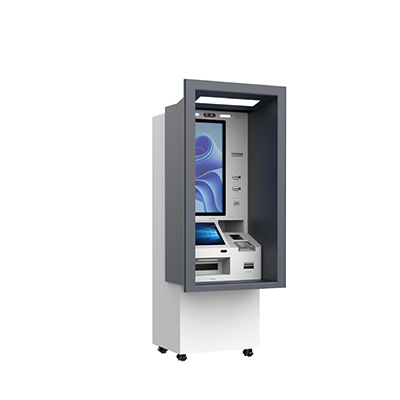
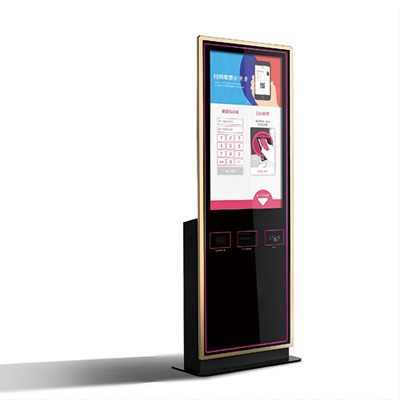
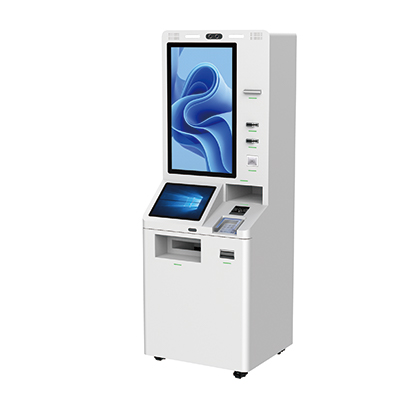
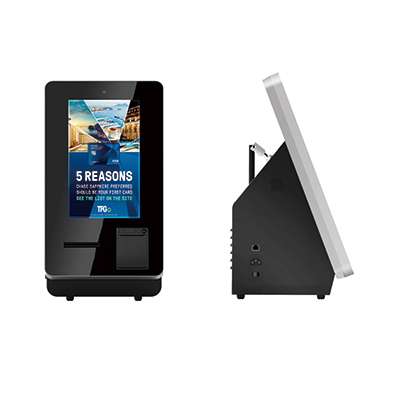
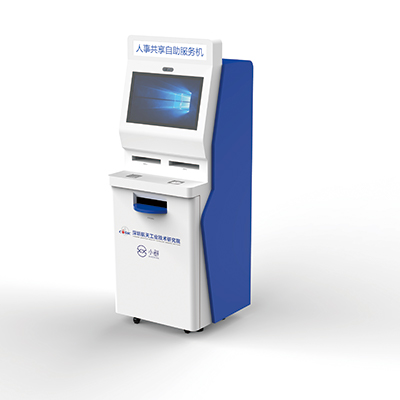
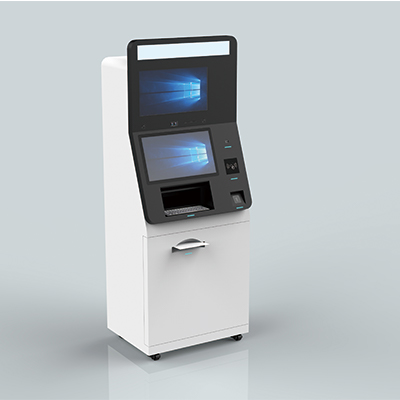
What did our happy clients say?
This kiosk manufacturer’s understanding of kiosk software is profound and comprehensive. Their expert guidance has been invaluable, allowing us to optimize our self-service terminals' functionality and user experience. Highly satisfied with their professional approach!
Lean Kiosk Systems’s expertise in kiosk software is impressive. Their solutions are well-thought-out, and their insights have been crucial for improving our kiosk operations. Their in-depth knowledge provides excellent reference value for any business.
I am thoroughly impressed with the kiosk manufacturer’s grasp of kiosk software. Their detailed understanding and application of software functionalities have greatly enhanced our self-service solutions. Their expertise is both profound and practical.
The manufacturer’s professional handling of kiosk software is exceptional. Their comprehensive solutions and detailed explanations have significantly improved our kiosk performance. Their deep knowledge is a valuable asset for optimizing self-service systems.
This kiosk manufacturer’s approach to kiosk software is highly professional and insightful. Their detailed recommendations have provided us with a clear path for enhancing our kiosks, making their expertise invaluable for any business looking to improve self-service.
Their thorough understanding of kiosk software has been instrumental in our project. The manufacturer’s in-depth and professional guidance has helped us achieve a higher level of efficiency and user satisfaction with our kiosks. Highly recommend their expertise!
This kiosk manufacturer’s knowledge of kiosk software is outstanding. Their professional advice and detailed application of software functionalities have greatly benefited our operations. Their comprehensive understanding serves as an excellent reference for improving kiosk solutions.
I’m very impressed with how this kiosk manufacturer handles kiosk software. Their expert insights and thorough approach have provided significant improvements to our self-service terminals. Their in-depth knowledge and professional application are truly commendable.